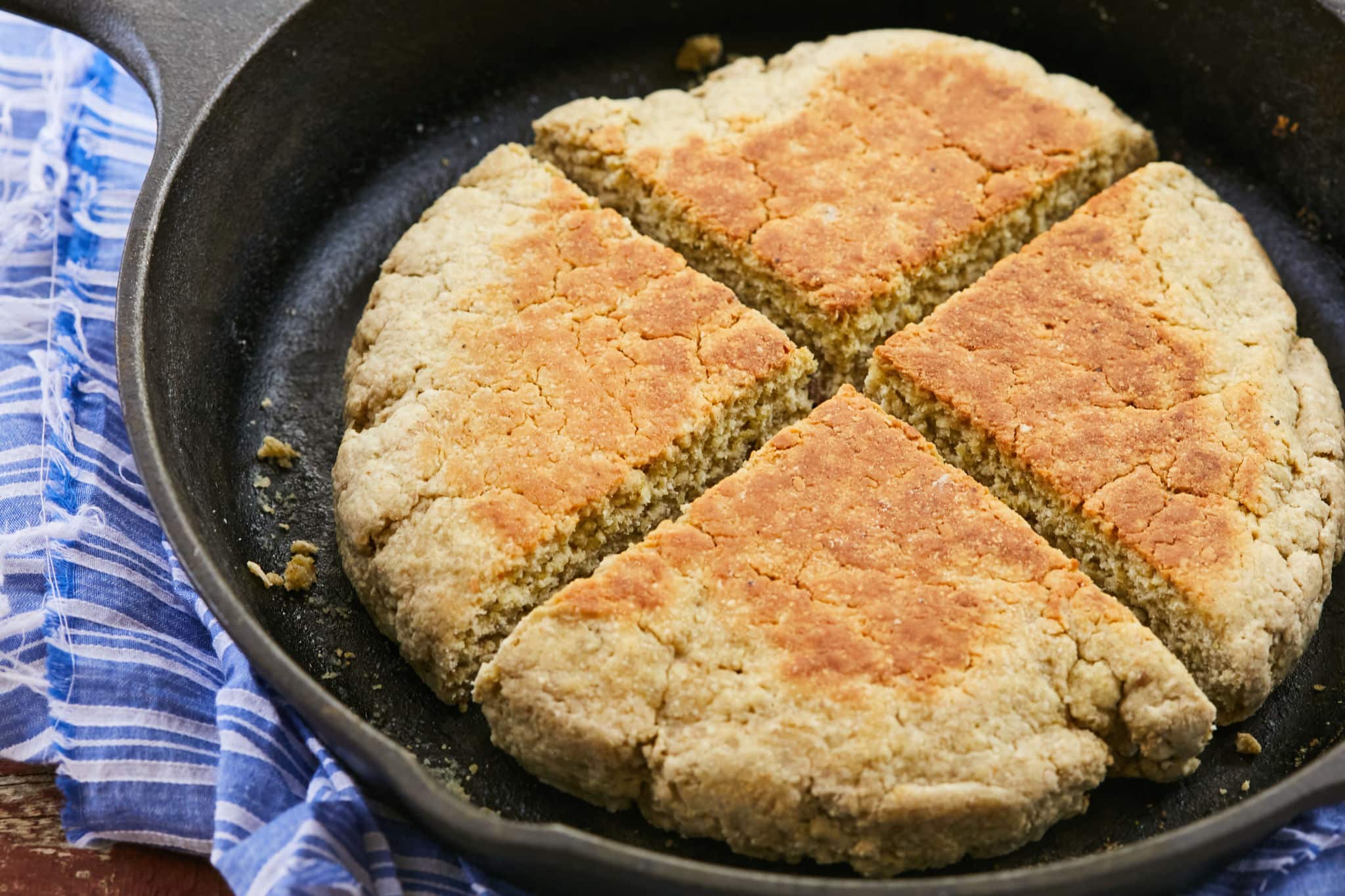
This post may contain affiliate links. Please see my full disclosure for details.
Hi Bold Bakers!
Scottish bannocks are a simple, rustic, and hearty skillet bread popular in Ireland, England, North America, and of course, Scotland. Since this bread has been around so long (since the 8th century!!), every family has its own take on the recipe, and I’m glad to share mine with you!
Bannocks are made with just a few common ingredients that are probably already in your home. In my instructions, I’ll show you how to turn old-fashioned rolled oats into oat flour, and if you don’t have any buttermilk on hand, you can always make your own.
These bannocks are perfect served alongside some soup on a cold day or with eggs for breakfast. They’re quick to bake as well—there’s no yeast, so there’s no need to let the dough rest, and you only have to bake it for around 25 minutes on a skillet!
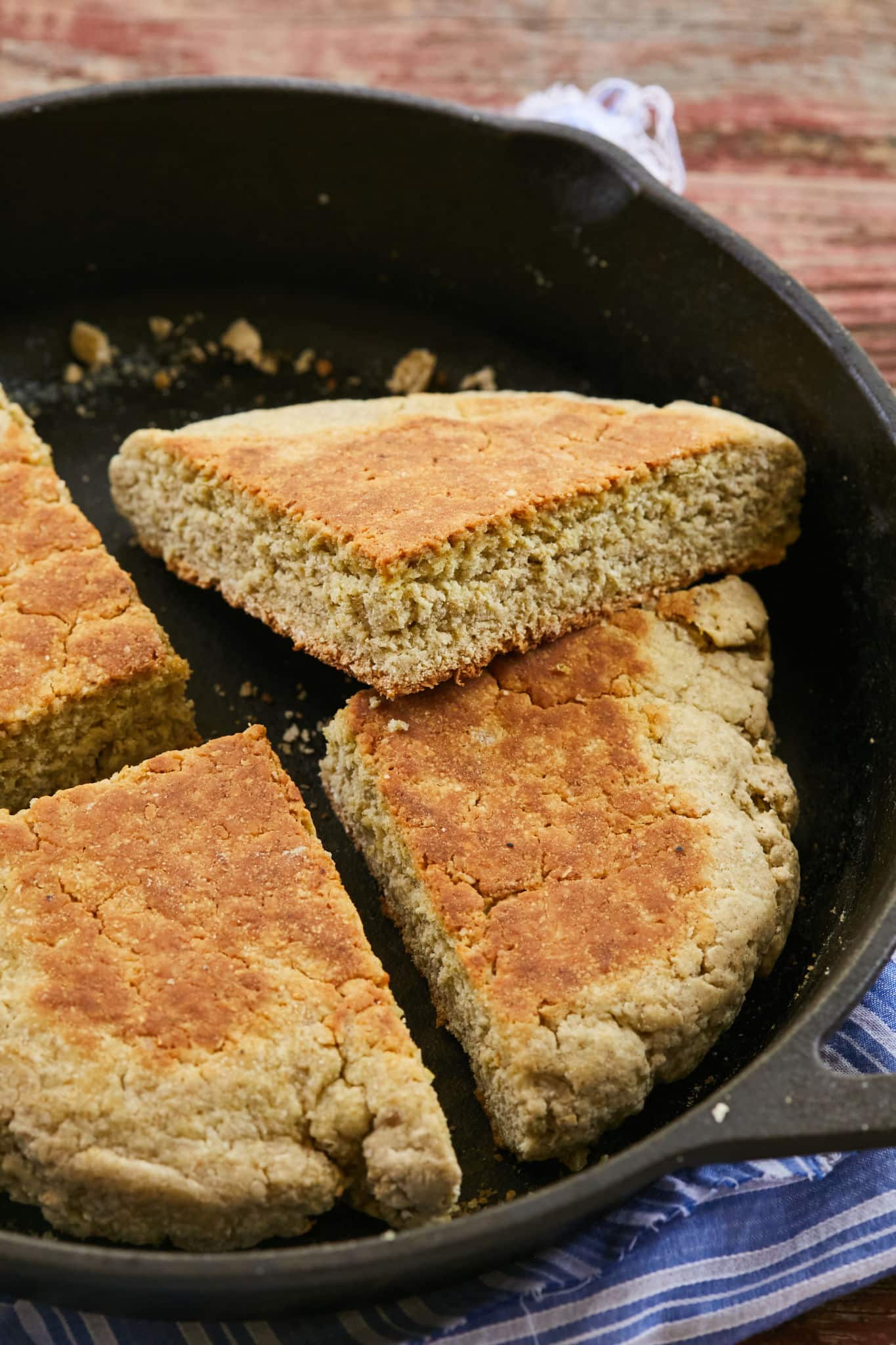
What Is Scottish Bannock?
If you’re a fan of the show or book series Outlander, then you may be familiar with bannock! Bannocks are flat, round oat-based bread that has a texture that is somewhat like a scone. It’s believed they were first made in Scotland, where they were traditionally cooked on a stone. If you don’t feel like roughing it, I recommend using a cast-iron skillet or frying pan instead!
What You Need To Make Scottish Bannock
- Measuring Cups and Spoons
- Food processor or blender
- Mixing bowls
- Skillet
How To Make Scottish Bannock
I find it amazing that this bread has been around for so long and is still enjoyed today! Here is how you make Scottish bannock (get the full recipe with measurements below):
- To make oat flour, finely grind your oatmeal in a food processor or blender. Transfer the ground oatmeal to a medium-sized bowl.
- Whisk in the flour, baking soda, and salt. Then, mix in the buttermilk until a dough is formed.
- Turn the dough out onto a floured surface and knead it once or twice to bring it all together. Form the dough into an 8-inch (20cm) disc.
- Heat your skillet over low heat. Add just a touch of oil, and then place the dough on the skillet.
- Cook the bannock until it is nicely browned; this usually takes around 10-15 minutes. Then, flip the bannock and cook on the other side for another 10 minutes or so.
- Divide the bread into wedges and serve warm with butter and jam.
Gemma’s Pro Chef Tips For Making Scottish Bannock
- When you are cooking the bannock, make sure you are using low heat and patience. Otherwise, the outside may brown before the center is fully cooked.
- If you don’t have buttermilk, then you can easily make my Buttermilk Substitute.
- Level off your teaspoon of baking soda; more baking soda won’t help the bread rise more; it will just give your bread an acidic aftertaste.
- If you prefer, divide the dough into 8 equal portions, shape it into discs, and cook individual bannocks.
- Make a savory bannock by adding 2 teaspoons of fresh thyme or 1 cup (3 oz/85g) of grated cheddar cheese to the dough.
- You can mix in 2/3 cup (3 1/3 oz/94g) dried fruit (chopped if large) to the dough before baking as well!
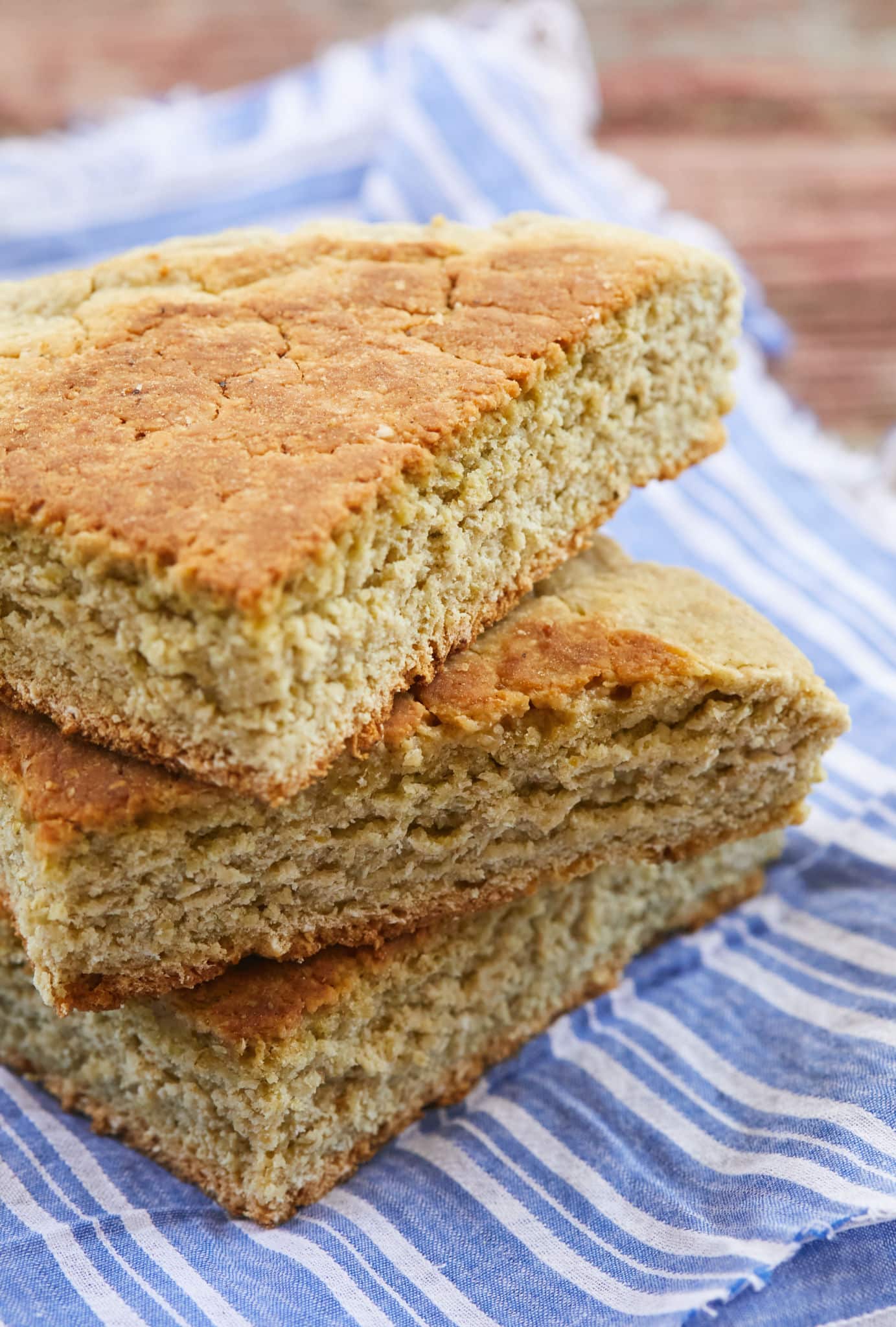
How Do I Store Scottish Bannock?
You can store any leftover Scottish bannock in an airtight container at room temperature for up to 3 days.
Make More Bread!
- Sourdough Starter Guide
- Perfectly Crusty Sourdough Loaf For Beginners
- No-Knead Whole Wheat Bread
- White Sandwich Bread
- Hearty No-Yeast Bread
And don’t forget to buy my Bigger Bolder Baking Cookbook!
Full (and printable) recipe below!
Rustic Scottish Bannock Recipe
Ingredients
- 2 cups (6oz/170g) old fashioned rolled oats
- 1 cup (5oz/142g) all-purpose flour
- 1 teaspoon baking soda
- ¾ teaspoon salt
- ¾ cup (6floz/180ml) buttermilk
- Oil (for cooking)
Instructions
- Finely grind the oatmeal in a food processor or blender, and then transfer to a medium-sized mixing bowl.
- To the oats, whisk in the flour, baking soda, and salt, and then mix in the buttermilk until a dough is formed.
- Turn the dough out onto a floured surface, knead once or twice to bring it together, and then form the dough into an 8-inch (20 cm) disc.
- Heat a skillet over low heat. Add a touch of oil and then place the dough disc in the skillet.
- Cook the bannock until nicely browned (about 10-15 minutes) and then flip and cook the other side and cook for another 10 minutes or so.
- Divide into wedges and serve while still warm with butter and jam. Store leftovers in an airtight container at room temperature for up to 3 days.

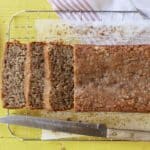
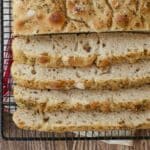
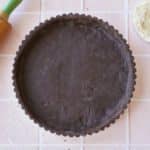
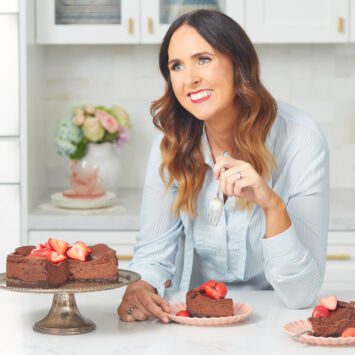


I just made this and am absolutely in love! I added a little cinnamon. so warm and comforting <3 thank you!
Hi Gemma , I’m from Naas, Co. Kildare. I hate to sound ignorant but WHAT is a skillet. Can I use a Le Creuset cast iron round casserole on my Induction Hob – on low heat ! !. Thank you so much, LOVE YOUR RECIPES – one of my FAVOURITES – CREAMED RICE, could never get that result before now. Teresa.
This is awesome, I always end up having to add more buttermilk anyone else ?
I have loved all the recipes I have tried from you Gemma a question about this one, can I use all oat flour instead of the all purpose flour?
When baking on the stove top, do you leave the pan open or do you cover it? Thank you.
Baking soda is alkaline so adding more will not give it an ‘acidic’ taste
Can I substitute a cup of whole wheat flour for one of the two cups of oatmeal ?
I just made it today and it was great. I substituted vegan buttermilk (almond milk and vinegar). I had this warm with grape jam.
Absolutely delicious. It’s now a regular in our house. My husband loves it and has dubbed it Bannock Burn (as in Battle of) even though I’ve never yet burned it! Really quick and tasty, good with butter and jam or a nice solid soup. Thanks great recipe!
This looks like an excellent recipe! I wanted to make some bannock for my very first Michaelmas, but I couldn’t find any other recipes that are measured out in grams. Happily I found yours, it is just what I am looking for!